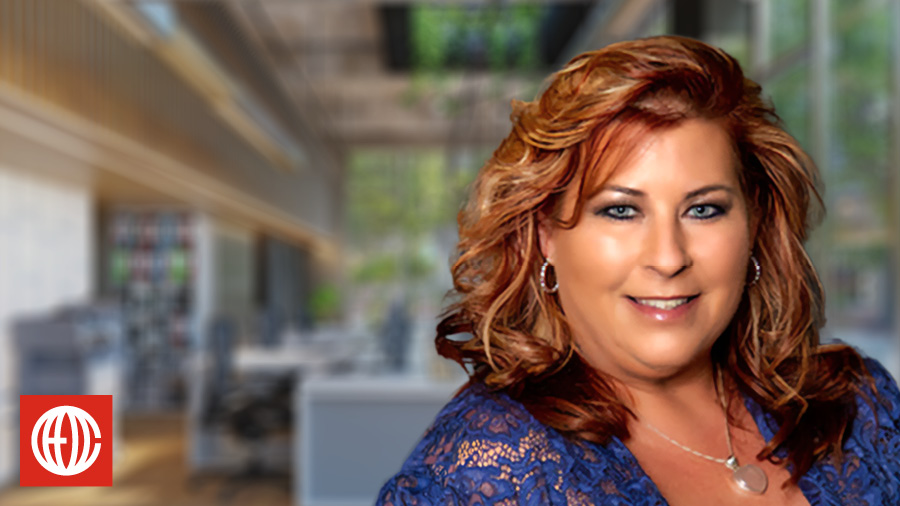Guest: Bruce Bowser, a coach at CEO Coaching International. Before joining our team, Bruce was CEO of AMJ Campbell, one of North America’s largest coast to coast moving, storage and logistics companies. Bruce is also the co-author of The Focus Effect: Change Your Work, Change Your Life.
Episode in a Tweet:A CEO coach shares 3 keys to mastery that will help you perform at your peak.

Quick Background: One of the toughest parts of being a CEO is all the distractions. Everybody wants a piece of your time. So how do the best CEOs manage to perform at their peak without getting burned out? How do you develop this personal and work mastery?
On today’s show, Bruce Bowser shares the key steps entrepreneurs and CEOs can take to take back their time and develop personal and work mastery.
Transcript: Download the full transcript here.
Keys to Cultivating Focus and Mastery from Bruce Bowser
1. Intentionally create space.
Top athletes talk about “getting in the zone.” Creatives learn to enter “flow states” where they’re totally immersed in the task at hand.
However you picture the physical and mental space you need to work at the highest level, getting there doesn’t just happen. You have to be every bit as intentional about walking into your work space as you are about walking into a boardroom.
Bruce is a big fan of 90-minute work blocks that are free of distractions. So part of his process is to turn off phone notifications as he enters this space. He also schedules specific blocks during his day to respond to emails so that he’s not drawn away from what he’s working on every time he receives a new message.
“We live in this world of constant distraction,” Bruce says. “A lot of people will be trying to write something, trying to produce something, and every time a beep goes off or a notification goes off, they go off to it. And you can’t do that and be focused. So for me, it’s about creating that space, turning off everything else, and staying focused on what I’m doing.”
2. Move through your checklist.
“As a pilot, we’re most proud to tell you that we live by a checklist,” Bruce says. “Yes, I know how to walk around the plane and check the instruments almost instinctively because I’ve been doing it for 25 years, but I never do it without a checklist. For things like workouts, reading, I know that if I don’t book the time into my calendar, it doesn’t happen. So I build a checklist of things that are important to do and then I schedule those into my calendar. It doesn’t happen by accident.”

One way to keep focused on hitting those checkpoints is to set cues for yourself. This might be one area where your cell phone could be more help than hindrance if reminders and automations from your preferred digital assistant keep you on track.
But if you know you won’t be able to resist checking your email on your way to your next task, look for analog solutions. Take the book you want to read off your shelf and set it on your desk. Our podcast host and seasoned CEO Steve Sanduski likes to exercise every morning. So, before he goes to bed, Steve lays out his workout clothes. This simple trick minimizes the chances of anything distracting Steve from hitting his first checkpoint for the day.
3. Be present.
Think back to the days before cell phones, text, and email were ubiquitous — or, if you’re a millennial, just trust me that this world once existed.
If you wanted to contact a work colleague after 6pm, you had one option: calling their home phone. Unless it was a life-or-death emergency, you’d never do that. You’d be interrupting dinner.
Modern tech has torn down those kinds of soft barriers. Neither senders nor receivers think about that buzz in someone’s pocket the way we used to think about ringing someone at home during family time.
“Building work-life boundaries” has been a popular topic of conversation during the work from home pivot. But Bruce believes a better strategy is to focus on being 100% present in whatever you’re doing. If you leave your laptop and cell phone in the kitchen while you’re watching a movie with your kids or having dinner with your spouse, those boundaries are going to build themselves. Likewise, if you give your all when you are in work mode, you’re going to feel more accomplished at the end of the day and slip into relax mode more easily.
It’s also crucial that CEOs help their employees create their own boundaries. Bruce’s previous company put a really powerful policy in place that all CEOs might want to explore and tinker with during the WFH era: no company emails before 6am or after 6pm. Emergencies were routed to their 24/7 customer service lines. They actually configured their email server to enforce this!
“I don’t think you can completely separate work and life,” Bruce says, “and quite frankly, I love what I do. And I’d like people to love their work. It’s about being present when you work and when you go home. When you’re on your phone while you’re with somebody else, what you’re really saying is, ‘Whatever is on my phone right now is more important than you.’ It’s about being present and giving people all of who you are when you’re there, whether it’s work or personal.”
Top Takeaways
1. Your phone is a “weapon of mass distraction.” Diffuse it when you don’t need it for the task at hand.
2. Be intentional. Nothing positive about your business “just happens.” Put the steps in place that will help you create a productive work environment.
3. Give your all to whomever you’re supposed to be focused on, whether it’s your CFO, your customer, your spouse, or your kids.
Transcript: Download the full transcript here.
[Tweet “A CEO coach shares 3 keys to mastery that will help you perform at your peak.”]
About CEO Coaching International
CEO Coaching International works with CEOs and their leadership teams to achieve extraordinary results quarter after quarter, year after year. Known globally for its success in coaching growth-focused entrepreneurs to meaningful exits, CEO Coaching International has coached more than 1,000 CEOs and entrepreneurs in more than 60 countries and 45 industries. The coaches at CEO Coaching International are former CEOs, presidents, or executives who have made BIG happen. The firm’s coaches have led double-digit sales and profit growth in businesses ranging in size from startups to over $10 billion, and many are founders that have led their companies through successful eight, nine, and ten-figure exits. Companies working with CEO Coaching International for two years or more have experienced an average revenue CAGR of 31% (2.6X the U.S. average) and an average EBITDA CAGR of 52.3% (more than 5X the U.S. average).
Learn more about executive coaching | Meet our world-class coaches








